the thing about snow is...
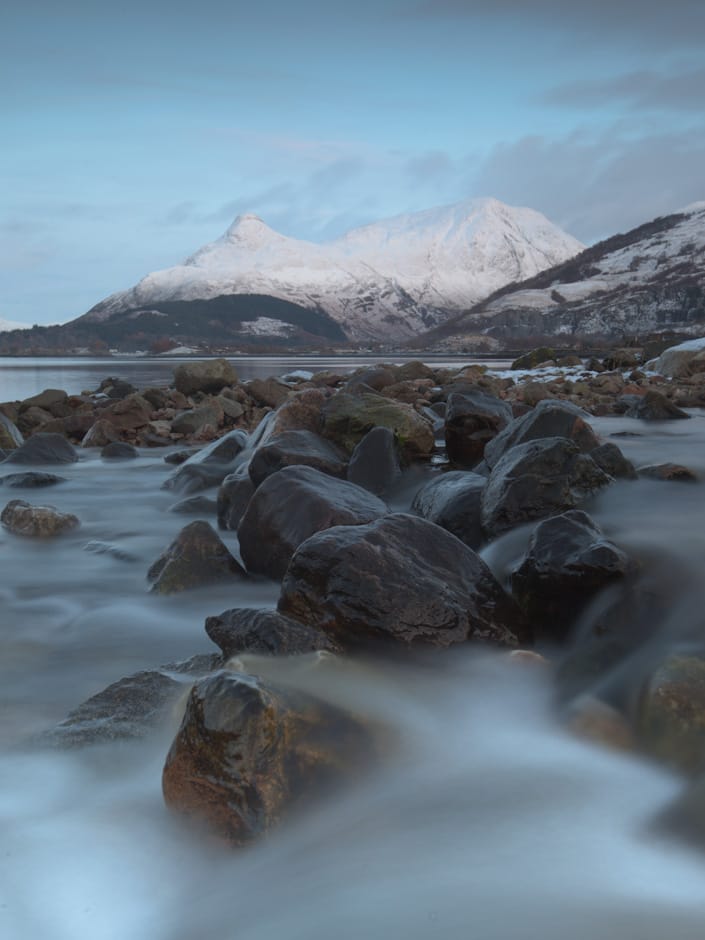
…well, i really don’t have any idea how to prepare for it. i grew up at the beach so i’m accustomed to sand, bare feet, bonfires, damper and swimming.
snow is very unfamiliar to me: my only experiences have been during a handful of ski trips, a week in colorado in the winter, some work trips to the usa for only a few days at a time, a workshop last year in glencoe (-6 deg celcius) and the london snowpocalypse experiences (which i don’t think really count do they?)
and next year, in february, i’m heading to japan for a photography workshop with martin bailey. i’m hoping to see snow monkeys and eagles, and red-crowned cranes and other wildlife, as well as experiencing the hokkaido region…
and it’s going to be cold.
like -30 deg celcius cold.

i’m hoping to make some photographs like this one – image by martin bailey, used with permission.
i have no clothing to prepare me for that level of cold. i’ll be packing as much merino clothing as i can fit in my suitcase, and i’ve just bought a pair of snow boots, but i need to hire a jacket (because mine is PURPLE and will scare the wildlife away) and i’m also going to need to hire camera gear (because i need to take two camera bodies with me – it’s too cold to switch lenses and there’s apparently never enough time -, plus zoom lenses that are longer than the one that i have).
part of me is wondering if this is such a good idea after all. i don’t want to end up with so much gear that i don’t use it all, or so little that i end up being the cautionary tale, that martin shares with all future participants, about the woman who missed the cranes, or the monkeys, or the boat trip, because she had hypothermia that day!
snow lovers: if you have any packing tips or clothing tricks for me, i’d love it if you’d share!
i know though, whatever happens, that this trip is another way i can grow – by learning new photography skills and being around people who know more than i do, and also as a human being.
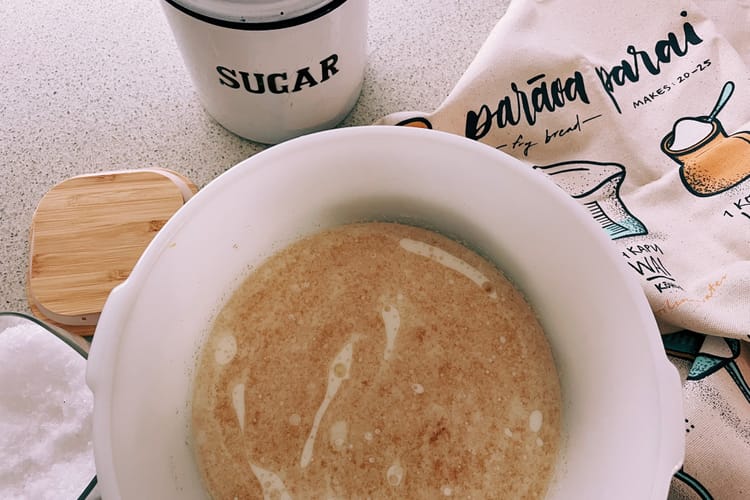
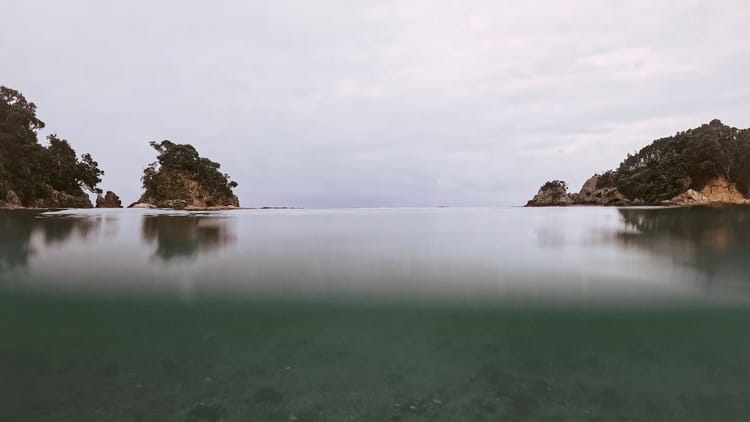
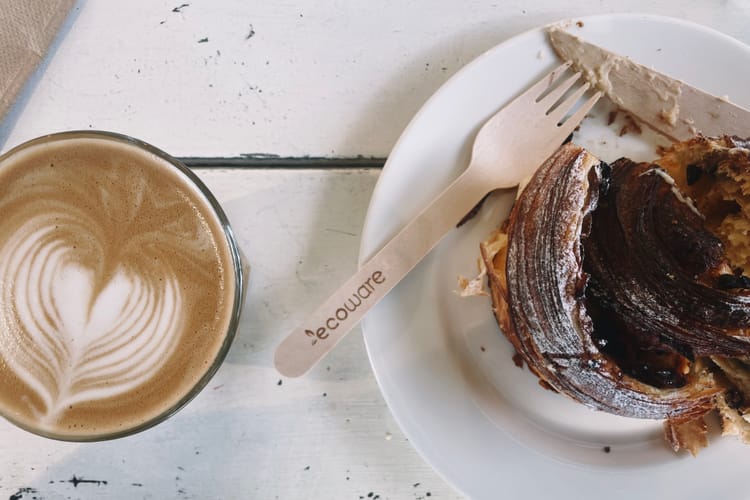
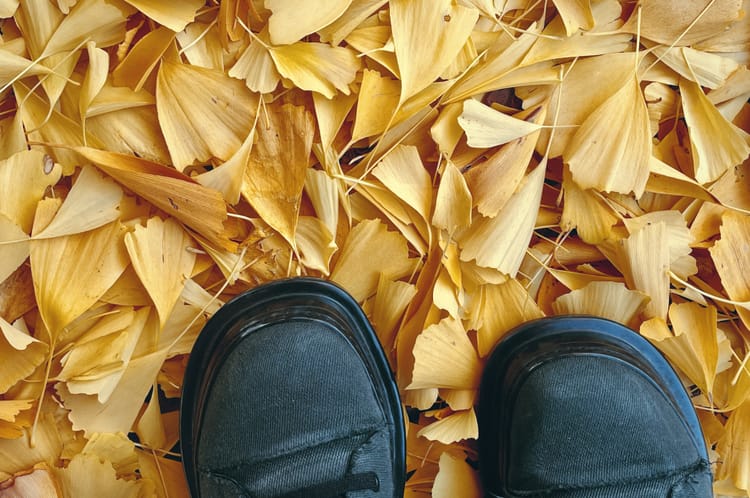
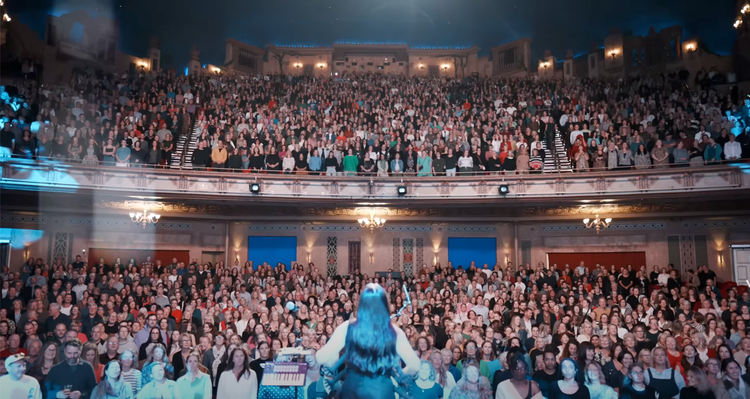
Member discussion